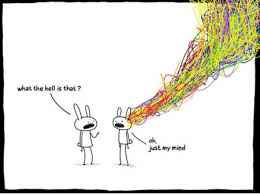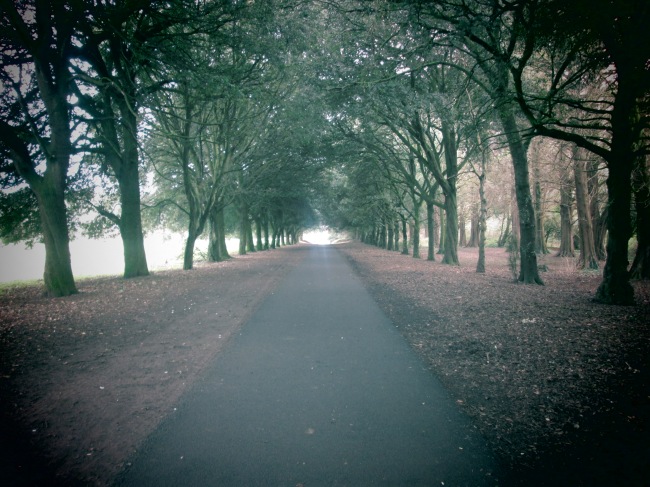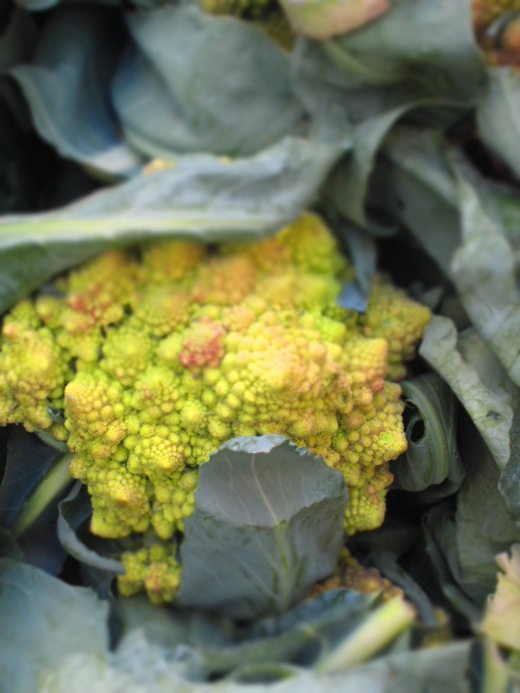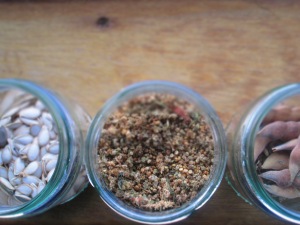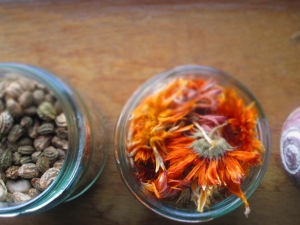The summer is flying by at a rapid rate. It seems like my original post on Slow and Small solutions was only yesterday and yet here I am, in July. I can’t fully comprehend how much has happened in that space of time. This week has been an on and off again seesaw of actively working on my design reports for my diploma and messing around on facebook with no real progress being made whatsoever.
Summer has always been a busy time but much more so as an English Language Teacher at a busy language school. This time last year, I was working very hard, trying to get a handle on my life financially, socially, emotionally and academically. Truth be told I was being far too hard on myself, pressurizing myself to change a million and one things about my life. I’ve spent the last six months slowing down in many ways and speed up in other areas.
I realized something revolutionary. I am good enough just the way I am. Yes, I am a goal orientated individual. I love growth and change. I crave learning about myself in new situations, learning new skills and expanding my mind, experiences and circles but my main drive to do these things is because I wasn’t enough. I wasn’t happy enough, intelligent, fun, interesting, knowledgeable, busy, free, successful, creative. BULLSHIT! I’m enough. Any of the activities I now do are done because I want to, because it feels right, sounds interesting, feels good, fun or interesting. This is what going to New Zealand taught me.
I also realized that this is very much my brain:
And that is also ok. It’s more than ok. My mind is full of ideas and bucket lists and things to do and see and dream of and make. Sure, I could have a mind that is content to not really do much, to simply accept what is and get on with my gym membership and life would probably easier. But not as colorful.
Slow and small solutions step 1: Accept yourself.
This involved lots of baby steps on a daily basis to arrive at a complete point of acceptance that in turn requires small, incremental steps to maintain. It involved listening to myself. Acceptance also meant taking a new mantra on board. I used to repeat to myself, “You’re not doing enough, look at all those things you haven’t done/aren’t doing”. Now the mantra is “Choose where you are and there be there”, emotionally, mentally and physically.
Step 2: Find your tribe
Having a great community of weirdos that have become my tribe, finding that tribe in the first place and nurturing each of those relationships has been a pivotal changing point in my happiness. Making the decision to work on developing and nurture the relationships in my life with friends and family has improved my life ten fold. I am thankful each day, feel supported and truly value my time with them. The time that I have spent on actively being a good friend and willingly receiving care and love and fun from friendships and family in the last few months has made my life so much fuller.
Step 3: Take time for yourself
I don’t mean sitting slumped on front of the tv because your friends have plans and you have nothing to do for the night. I also don’t mean a solo weekend at a spa. I mean making yourself a decent breakfast every morning and treasuring it. Playing your favorite music and dancing around to it. Wearing what makes you happy rather than what you think the guy at the coffee shop might like. Resting in the park with a good book. Learning to love sitting with myself and my thoughts has been a revelation. Of course there are some days I don’t want to know about a single thought in my head but most days now I want to take time to sit with myself and see how I am, what I’m daydreaming about that particular day in the park after work, how I feel cycling home and not talking to a soul. Reading a book in a cafe on my own because I want to and not because I don’t want other to think I’m a loner.
There are more steps that have happened in the last six months that have been gradual, small and taken a lot of practice but I’ve felt so much happier because of it.
There have been plenty of moments where things haven’t gotten done because I wanted more time to myself in the park or a catch up with a friend went on longer than expected or I got carried away being creative with the font in a diploma assignment report rather than concentrating on getting the assignment finished. I really think that’s OK. The judgmental me would say I’m not being productive enough. The accepting me tells me I’ve been having a great few months. I’ve been learning about myself, living my life closer and closer to my ideal and loving life more.
Nothing could be wrong with that. Slow and small solutions might possibly be my favorite of the permaculture principles. In realizing the importance of manageable, small and slow steps towards a goal or vision, I have unknowingly achieved so much more in the last six months than in the last three years or more of being hard on myself.
Here’s to another six months of working on myself, my loves and my diploma. Hope this advice might help you if too are in the throes of writing up your assignments.
Just remember all the hard work that you’ve put into the designs and the research. The work is done. Now go write up that report. I’m off to do a few more pages on my Bee Friendly design. More on that soon!



